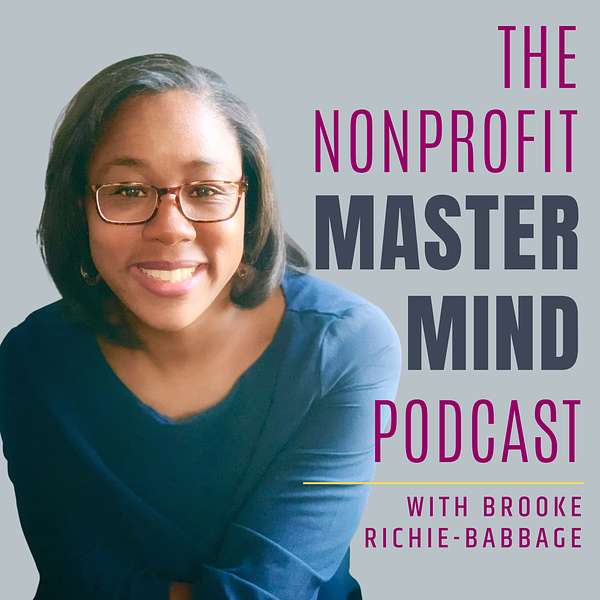
Nonprofit Mastermind Podcast
Nonprofit Mastermind Podcast
How To Shift Your Board Out Of The Weeds & Into Higher Level Governance
In this episode, I explore the concept of generative governance and why it’s a game-changer for nonprofit boards looking to enhance their strategic role. Too often, boards get stuck in the weeds, focusing on operational details rather than long-term, mission-critical questions. I break down the differences between operational and generative governance, explaining when and how your board can make the shift. By focusing on big-picture strategy, nonprofit boards can navigate new challenges, foster innovation, and ensure mission alignment, all while leaving the day-to-day operations to staff. Tune in to learn how to elevate your board’s impact as a true strategic partner.
What You’ll Learn:
- The key characteristics of generative governance and why it’s essential for nonprofit boards
- How to shift your board’s focus from operational tasks to long-term, strategic oversight
- Practical steps to help your board stay aligned with the mission and prepare for future challenges
Key Takeaways:
- Generative governance focuses on strategic, forward-thinking questions that shape the organization’s future.
- Operational governance is necessary in the early stages but should evolve as your organization grows.
- As your leadership team takes over day-to-day operations, the board should focus on long-term sustainability and mission relevance.
- Generative boards engage in reflective dialogue, scenario planning, and thought leadership.
- Boards should ask, “Are we still aligned with our mission, and how can we stay impactful?”
Step-by-Step Process to Transition to Generative Governance:
- Assess Your Board’s Current Role: Identify whether your board is too involved in operational decisions.
- Educate on Generative Governance: Introduce the concept and its value to your board, highlighting how it can shape long-term strategy.
- Empower Leadership: As your organization grows, trust your leadership team to manage day-to-day operations, allowing the board to focus on future challenges.
- Encourage Reflective Dialogue: Set aside time for your board to engage in deep discussions about long-term goals, mission alignment, and future risks.
- Embrace Scenario Planning: Equip your board to think ahead and prepare for potential challenges by exploring different future scenarios.
Links Mentioned: Stages of Board Governance Cheatsheet (brookerichiebabbage.com/boardstages)
Want to work together?
Apply for the Next Level Nonprofit Mastermind, a high-touch coaching and training accelerator for established organizations with $1M+ budgets that are ready to design for impact sustained at scale.
Budget under $1M? Join Elevate and get proven step-by-step playbooks + coaching support to build each of the core elements of your nonprofit's operating system - strategic clarity, a fundraising engine, a high-performance team, and an active and engaged board!
Connect with me!